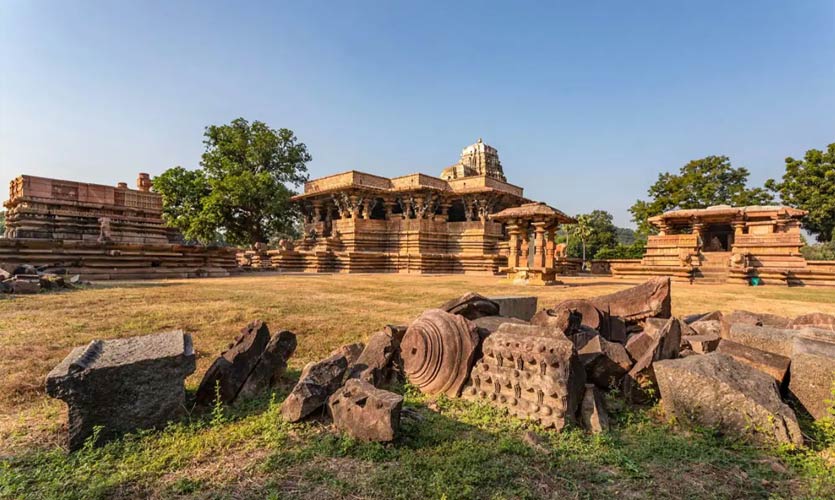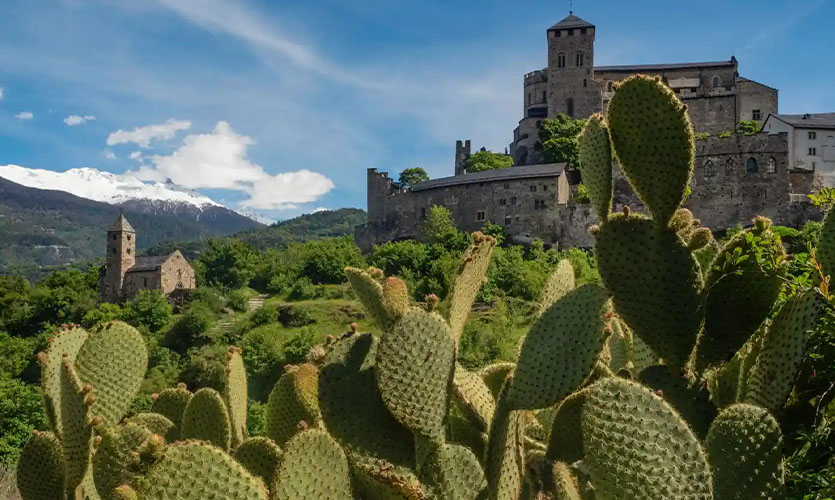Telangana: India gets its 39th world heritage site with Telangana’s Ramappa temple being added to the list. On Sunday, the United Nations Educational, Scientific and Cultural Organisation (UNESCO) gave the temple a world heritage site tag during the 44th session of the World Heritage Committee at Fuzhou, China.
Ramappa temple or Kakatiya Rudreshwara temple, as it’s originally known, is located at Palampet village in Mulugu district of Telangana state. Built in the 13th century, the Ramappa temple was proposed by the Indian government as its only nomination for the UNESCO World Heritage Site tag for the year 2019. The nomination for the temple was made in 2014.
Commenting on this, Prime Minister Narendra Modi said, “Excellent! Congratulations to everyone, specially the people of Telangana.” He further added, “The iconic Ramappa Temple showcases the outstanding craftsmanship of great Kakatiya dynasty. I would urge you all to visit this majestic temple complex and get a first-hand experience of its grandness.”
Read more: Maharashtra’s state tourism board is promoting caravan tourism in India.
The Temple has got its name from its sculptor or architect, Ramappa. Usually, Indian temples get their name based on the deity (Shiva, in this case) of the respective temples. This makes the Ramappa temple one of its kind for this distinctive feature.
According to Telangana Tourism, this temple of the Deccan region dates back to 1213 AD. It was built by the patronage of Kakatiya ruler Kakati Ganapathi Deva under the authority of his Chief Commander Rudra Samani at the place known as Ranakude in the Atukuru province. It took around 40 years to complete the construction of this temple.
Explaining the crucial features of the temple, UNESCO said, “The building features decorated beams and pillars of carved granite and dolerite with a distinctive and pyramidal Vimana (horizontally stepped tower) made of light-weight porous bricks, so-called ‘floating bricks’, which reduced the weight of the roof structures.” By floating bricks, it means, the bricks used during construction were so light that they could easily float on water.
Interestingly, in order to learn more about these, some bricks of the Ramappa temple were sent for examination to Dr. Habib Haman, Chief Chemist of Government Industrial Laboratory, Hyderabad. As per Wikipedia, the reports from Dr. Haman said, “The material used to make the brick spongy was apparently saw-dust. The weight of the specimens is 1⁄3 to 1⁄4 of the ordinary bricks of the same size.” This is the reason they float well in the water, the study stated.
Through their official website, UNESCO, further added, “Rudreshwara (Ramappa) temple is a masterpiece of Kakatiyan-era architecture, employing engineering innovation in the form of floating bricks, sand-box foundations, selection of building material and masterful stone sculpting.”
K Taraka Rama Rao, Telangana Minister for municipal administration and urban development reacted to the news and tweeted.
Happy to share the good news that
the 800 year old Kakatiya Rudreshwara #RamappaTemple in #Telangana has been inscribed as a UNESCO #WorldHeritage SiteMy compliments to everyone who was involved in the effort pic.twitter.com/BIPCCiHyOJ
— KTR (@KTRTRS) July 25, 2021
G Kishan Reddy, the union minister for culture and tourism too took it to the bird app.
The grandeur & finesse of ancient Indian iconic #Ramappa Temple Complex in Telangana, built during the Kakatiya dynasty, now inscribed as a @UNESCO #WorldHeritage site.
Glimpses: pic.twitter.com/YXzucKLWk4— G Kishan Reddy (@kishanreddybjp) July 27, 2021
As per UNESCO, the temple dossier along with the dossier for Jaipur City was submitted to the World Heritage Centre in 2018. “It was prioritized for the inscription process in the year 2019, and an International Council on Monuments and Sites (ICOMOS) expert evaluated the site in September 2019,” UNESCO added.










